Concrete blocks for external and internal: use, price and features.
The concrete blocks are manufactured articles of various types used in construction. We discover how they are used for exterior and interior walls and how prices change depending on the characteristics.

What are the concrete blocks? How they are made?
The concrete blocks are manufactured widely used in construction and their most common use is to build walls both internal and external (perimeter). They consist of mass, density and large volume of solidified concrete having regular and constant forms.
And due to this feature they have achieved success and the current spread, in fact, the large footprint, combined with a precise and constant shape, make it easier and faster to their installation allowing considerable savings in work carried out by their use. Advantage that goes also to a number of interesting features that the blocks move to the constructions made with them, characteristics which will address the following topics.
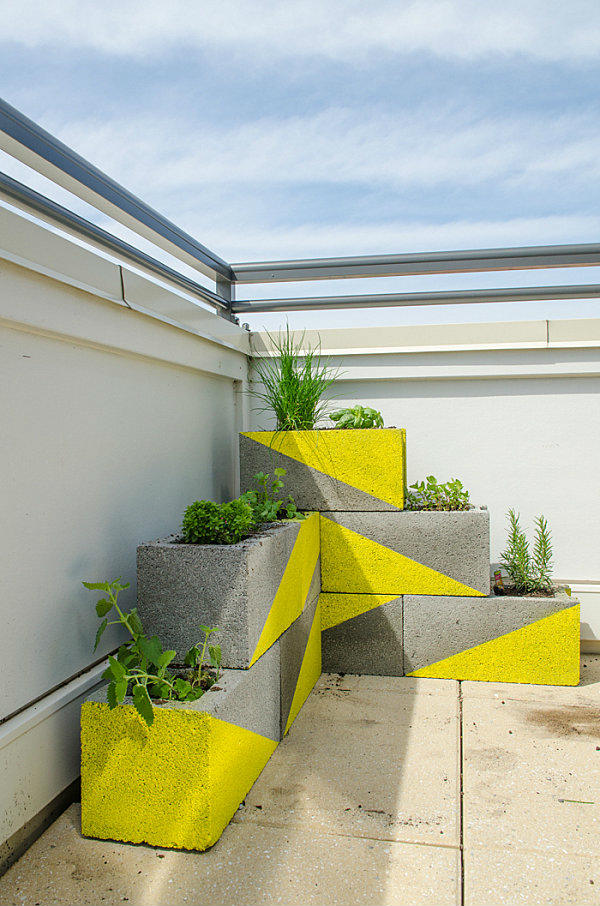
Concrete
The concrete (usually abbreviated with the initials cols) is a mixture (mixture of substances not as well) of at least 4 essential elements: cement, sand, gravel and water. The above mentioned essential components can be then added to other materials, commonly of minerals. The addition of other materials to the 4 essential components that constitute it, or even replace some of them, in particular sand and gravel in a tangible influence the chemical-physical characteristics of the mixture providing the mixture, either liquid or solidified, particular and desired characteristics. The component that determines the hardening of the concrete and the socket is of course the cement that for this reason is also indicated by the term “ligand”, while sand and gravel constitute the “aggregates.” The hardening gives the product a high mechanical strength.Although in the past the term “concrete block” would identify only cables artifacts (perforated) made with the mixture of specified (cement, sand, gravel and water), in the present state, however, with it said terminology will indicate artifacts both full and empty made using any type of aggregate.
The shapes of the concrete blocks that are currently on the market can be the most varied. Also the size range in a very wide range and can be both modular and not (if they are modular length, width and height are multiples of the same number).
A concrete block type has however the approximate shape of a parallelepiped and a size that is usually is 20x40x20 centimeters.

On the short side of said parallelepiped can be formed of the profiles that serve as interlocking to make more stable and easier the laying of the block. Of course the anchorages of a block in the contiguous ones is made with grout that once dry confer rigidity to the structure and the necessary mechanical strength.
Using these blocks: internal walls, external, and beyond.
As already mentioned, the concrete blocks are one of the most used products in the building industry. Their most common use is for the realization of masonry whatever their type but not only that. In the following example only are some of their most common uses.
- External bearing walls. They have outer walls (delimiting an indoor environment) that are responsible for the burden of the construction on the ground.
- Internal load-bearing walls. They are walls that separate various interior environments but who have a discharge function of the weight of the structure.
- Or infill walls of block. Is non-load bearing external walls?
- Internal partition walls are not load-bearing.
- Fire walls. Are mandatory walls in public places or in any case in which a lot of people staying and resisting the action of the flames in this manner retard the spread of the fire offering protection from smoke and toxic gases.

Can you elaborate on the characteristics of the fire wall?
- Slab and paving.
- Fences and retaining walls.
Characteristics of concrete blocks
The most pertinent characteristics of concrete blocks are collected and certified, as for other building products by the manufacturer in a data sheet accompanying the product, and that will help the designer of future construction for choosing the most suitable product.
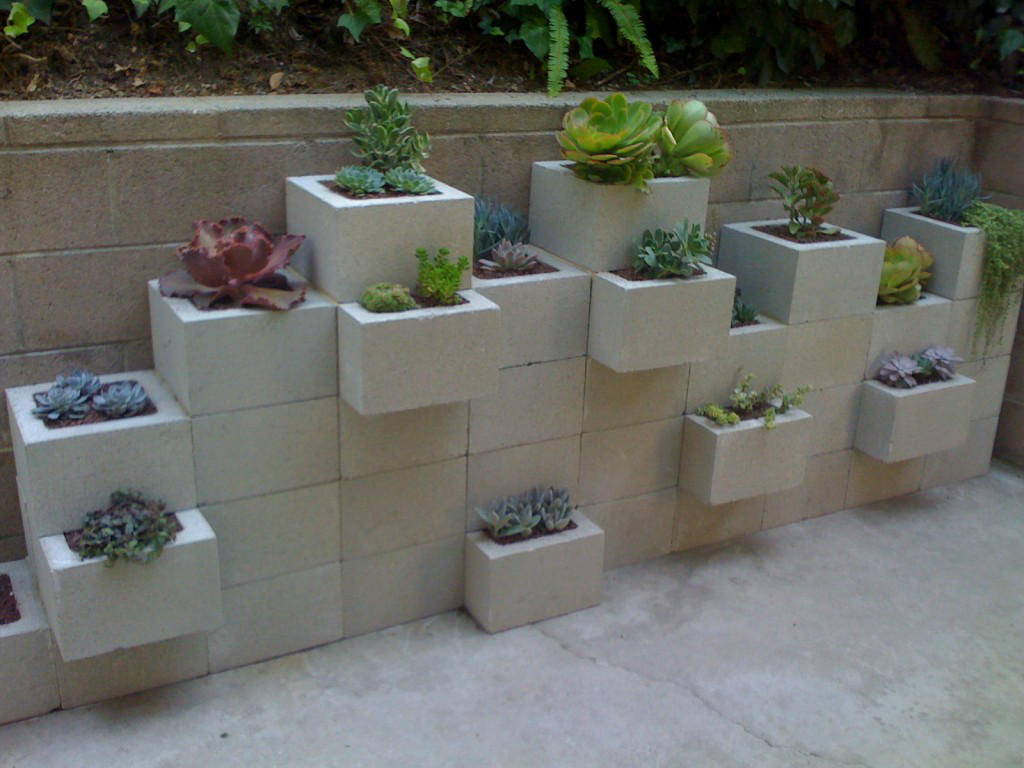
A technical type of a concrete block usually contains the following data:
- Identification name of the block and the manufacturing company.
- Brief description of the product.
- of the block composition with specific characteristics of the cement and the aggregates used.
- Isometric projection of the block (three-dimensional design), plan and profile.
- Measurements of the block.
- Drilling percentage (percentage of the empty surface of the plant).
Mass in kg of the block. - Volume in m3 block.
- Mass per unit volume in Kg/m3.
- Compressive strength. Force per square millimeters that applied to the block along its main axis determines the break. It is measured in Newton/mm2.
- Coefficient of capillarity. How much water absorbs the block by capillary action in a second. It is measured in grams / square meter x seconds.
- Thermal conductance. And ‘the flow of heat transferred through the surface of the block units and thus a measure of its ability to let through by the heat. It is measured in watts / meter X degrees Kelvin.
- Sound insulation of a wall obtained from the blocks in question. Aptitude to let through an acoustic wave incident. Is measured with a dimention size (number without units) power sound insulation R = 10Log1 / t where t is the coefficient of the sound power transmission.
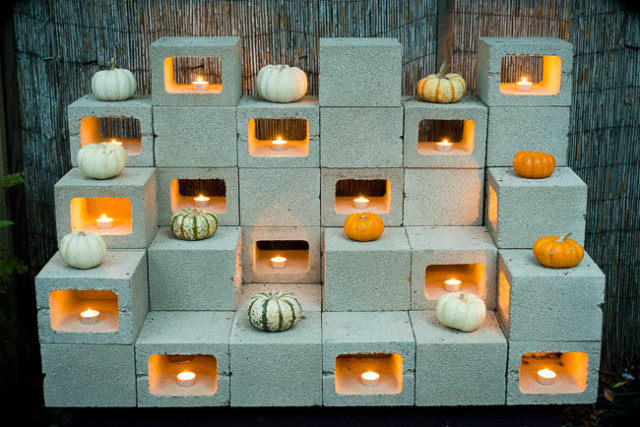
Types of blocks
In trade, there is more than one type of concrete blocks.
Blocks of dense aggregate concrete
Are obtained with a mixture of cement, sand and gravel aggregates solids. The mixture is, by vibration and under pressure, formed in suitable rigid molds. The molds are then eliminated as soon as the hardening of concrete reaches levels such as to allow the blocks to withstand the force of gravity without deformation.
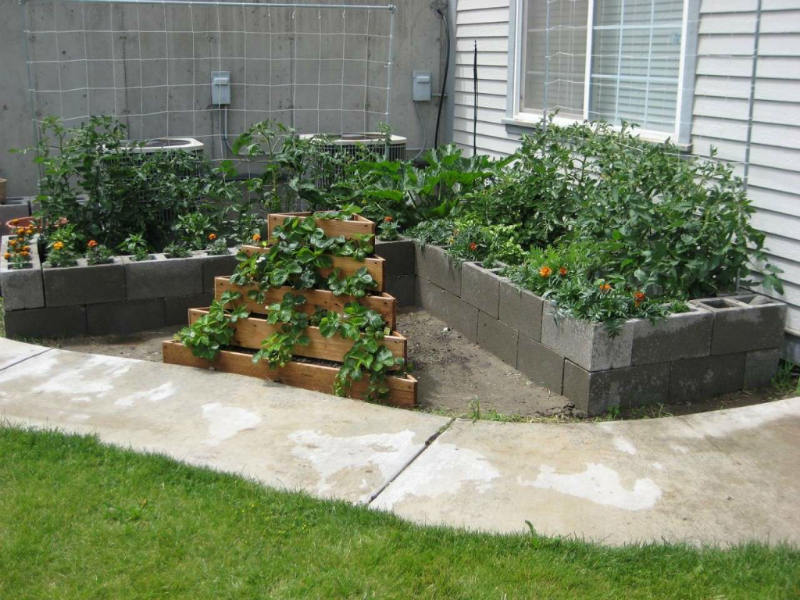
Pros and Cons of blocks of dense aggregate concrete
The pros:
- They have a very long life and can be recycled in the sense that it is technically possible to reuse the blocks obtained by demolishing an old building. This operation is particularly simple if, for binding the blocks, use was made of lime mortar and not cements mortar.
- They have a high mechanical resistance to compressive stress.
- They have high thermal inertia. Having a relatively considerable mass have the property to vary their temperature slowly. Therefore confer on the walls with good thermal qualities they realized flywheel (slowly give off heat to the environment when the internal temperature of this is lowered).
- And can make them with recycled aggregates. If aggregates obtained by chopping decommissioned building material obtained by the demolition of old buildings.
The cons:
- The use, for their implementation, not recycled aggregates of instability and contributes to the consumption of the territory. The aggregates that sand and gravels are in fact found in quarries and riverbeds.
- Their production requires the consumption of non-renewable resources (which are renewed in times that are longer compared to the duration of human life).
- The production of cement is made in the blast furnace and therefore aggravates the budget of CO2 emissions into the atmosphere contributing to the greenhouse effect.
They have poor insulating qualities.

Blocks of lightweight aggregate concrete
You are obtained with cement mixtures and various types of low density aggregates. Aggregates which may be either found in nature that obtained when working or wastes of other production processes. The most commonly used are natural aggregates: expanded clay, expanded shale, perlite, pumice. Instead, the non-natural lightweight aggregates are: blast furnace slag, ashes of high density furnace of pulverized coal ash. Also in this case the mixture is formed into molds under pressure and for vibration.
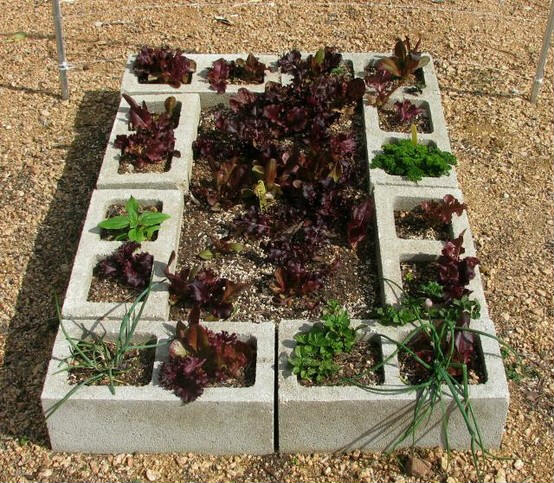
The pros and cons of blocks of lightweight aggregate concrete
The pros:
- Good durability.
- You can use, for their production waste of other processes, thus solving problems of disposal and of saving of raw materials.
- They have good insulation qualities both thermal and acoustic.
- You can use for their construction recycled aggregates.
- And it possible to recycle blocks obtained by demolishing old buildings.
- They are light and therefore their installation is particularly easy saving time and money.
The cons:
- If you are using virgin aggregates (clay, pumice, etc.) for their construction will consume non-renewable resources and contribute to the collapse of the territory.
- The production of cement increases the greenhouse effect.
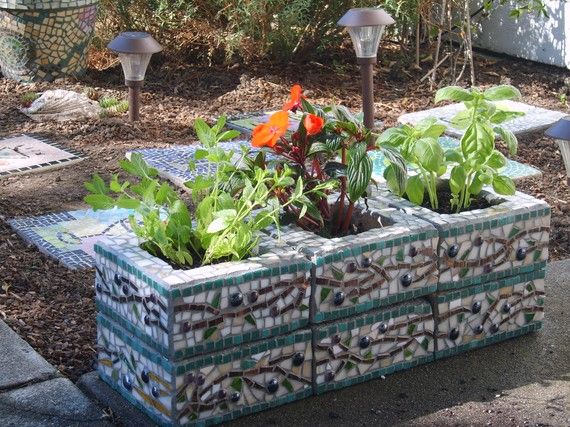
Autoclaved aerated concrete blocks
Are obtained starting from a mixture of cement, lime, silica sand to very fine grain, pulverized coal ash and a small amount of aluminum sulfate. The aluminum sulfate reacts with lime (calcium hydroxide) developing gaseous hydrogen. The gas developed has, in the concrete mix, the same effects of the carbon dioxide in the leavening of a cake. If creates in the dough of the alveoli that are initially filled with hydrogen but after little air. With the still soft paste form the blocks and subsequently transferring them into an autoclave (large industrial vessel in which it is possible to maintain the high pressure) in which they are allowed to dry under the action of temperature and pressure. Obviously due to the presence of the large number of recesses of their dough in the aerated concrete blocks are the lightest of their category, and also the presence of the recesses filled with the air also give excellent insulation qualities of both thermal and acoustic. All this obviously to the detriment of the mechanical resistance to compression that will be the lowest among all the kinds of blocks.
The pros and cons of autoclaved aerated concrete blocks
The pros:
- Good thermal and acoustic insulation properties.
- Mass contained allowing savings for both the transport and for the laying operations in work.
- Industrial use ash as raw materials and then partially solve a disposal problem.
- Require less expenditure of energy for the production of each individual element. The approximately 25% of its volume consists of alveoli filled with air.
- They are recyclable when recovered from abandoned buildings.
The cons:
- They are fragile (fear shock) and have a mechanical strength contained and as such do not fit in internal load bearing walls.
- Consume non-renewable resources.
- They use the cement that contributes to the greenhouse effect.
A further diversification of the concrete blocks is made according to how they will be in work places. Under this criterion, we have:
- Concrete blocks face to view. They are for the perimeter walls that will not be plastered and thus in the realization phase undergo appropriate treatment in order to increase the sealing qualities.
- Concrete blocks to be plastered. They are those that once in work places will be covered with plaster. They can of course be used both indoors and outdoors.
Cost of concrete blocks
It varies depending on the characteristics and types: ordinary locks to be plastered price from € 1.40 for aerated blocks at about 2/2.20 for the blocks of dense aggregate.

